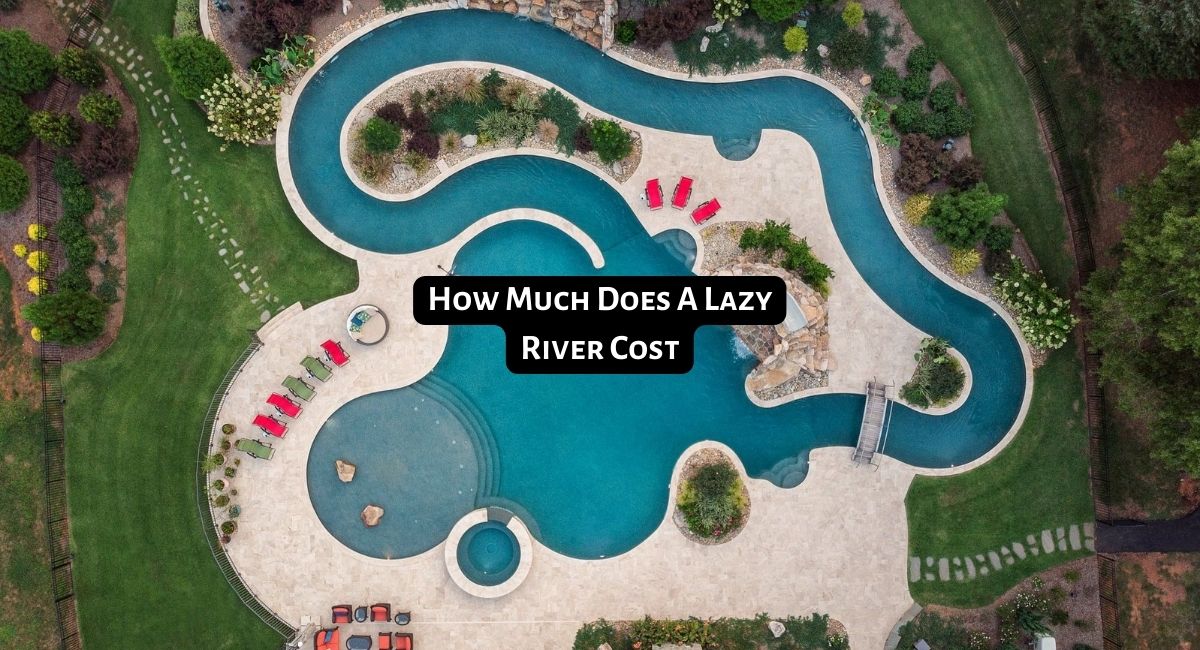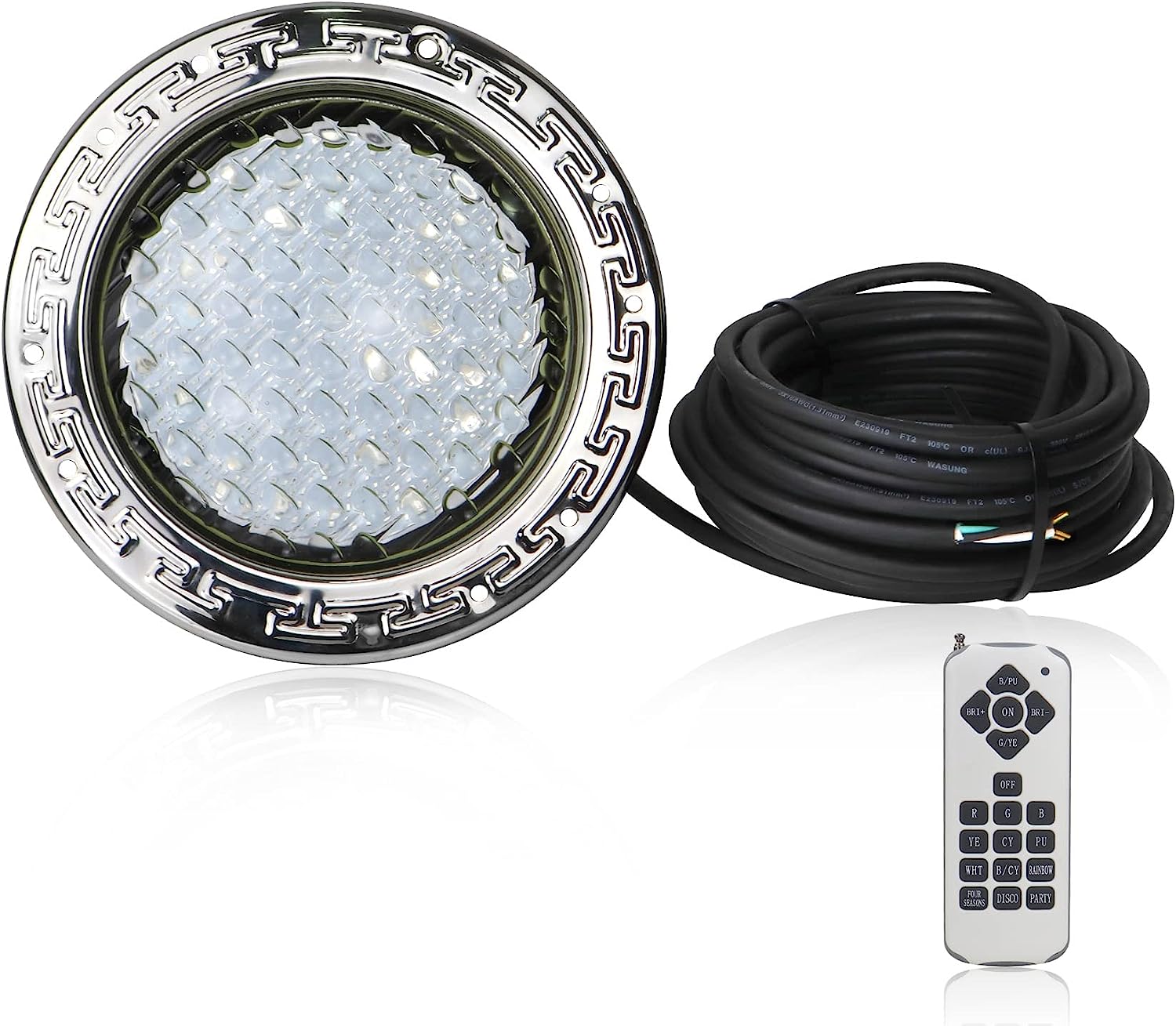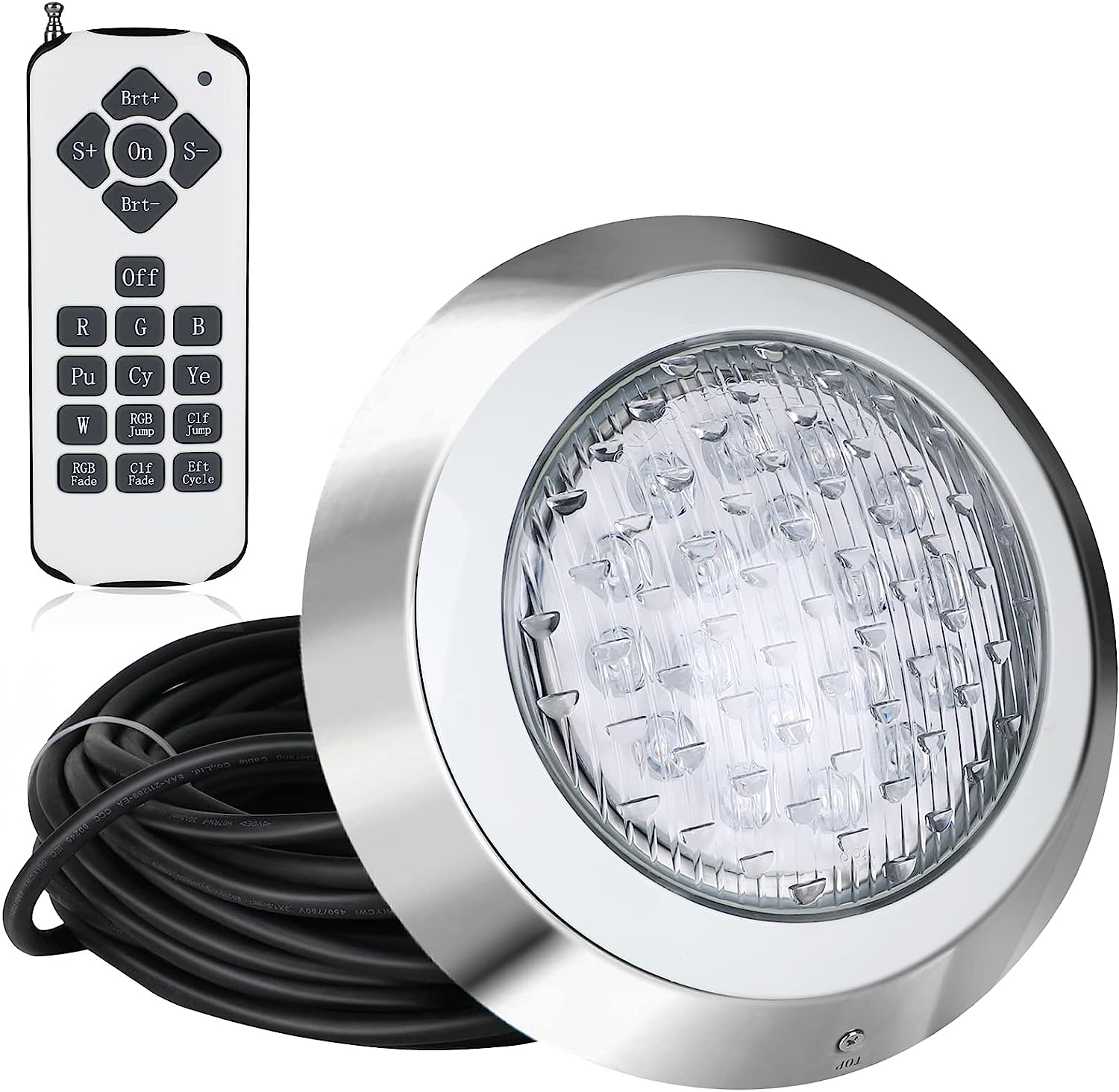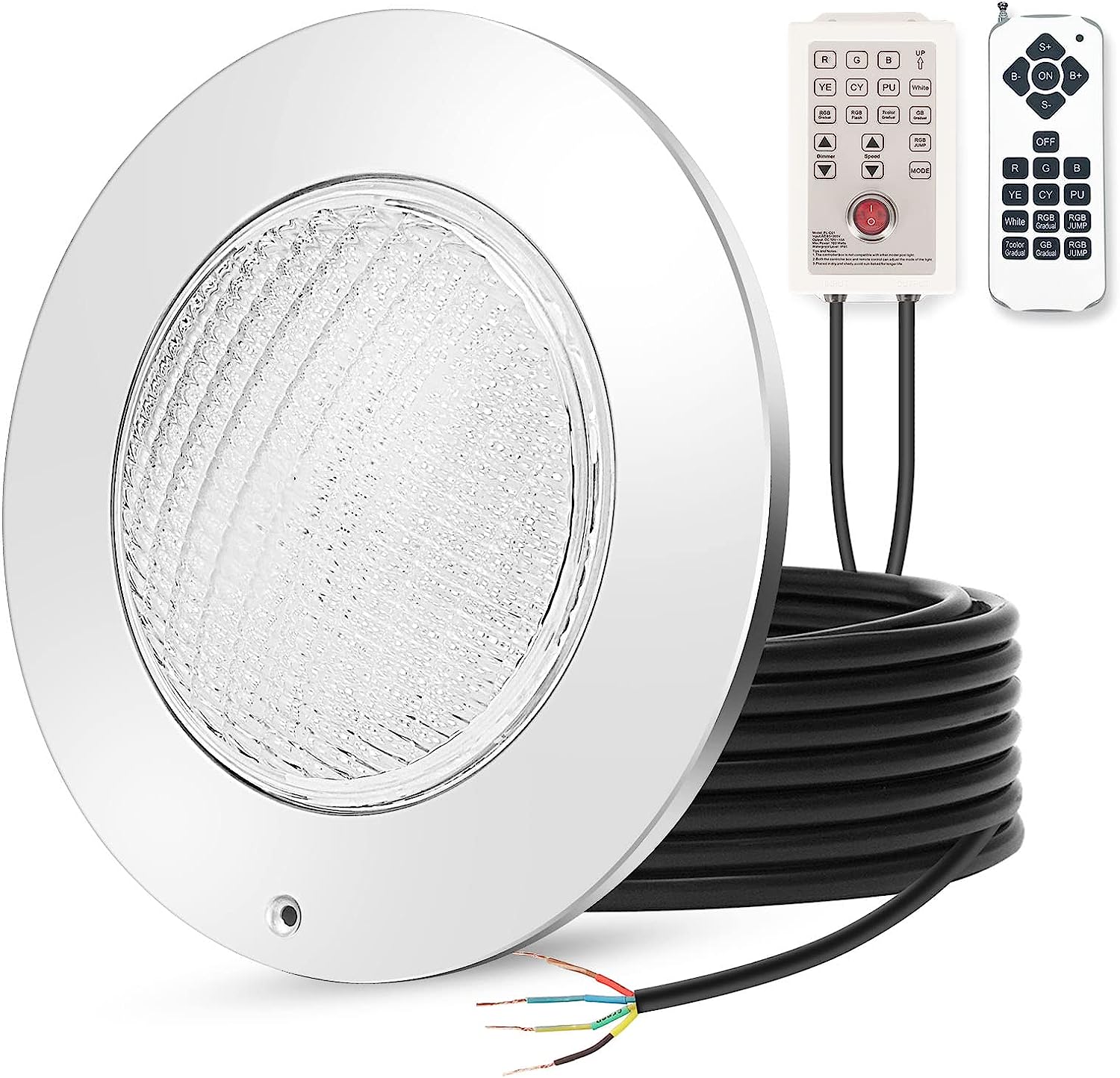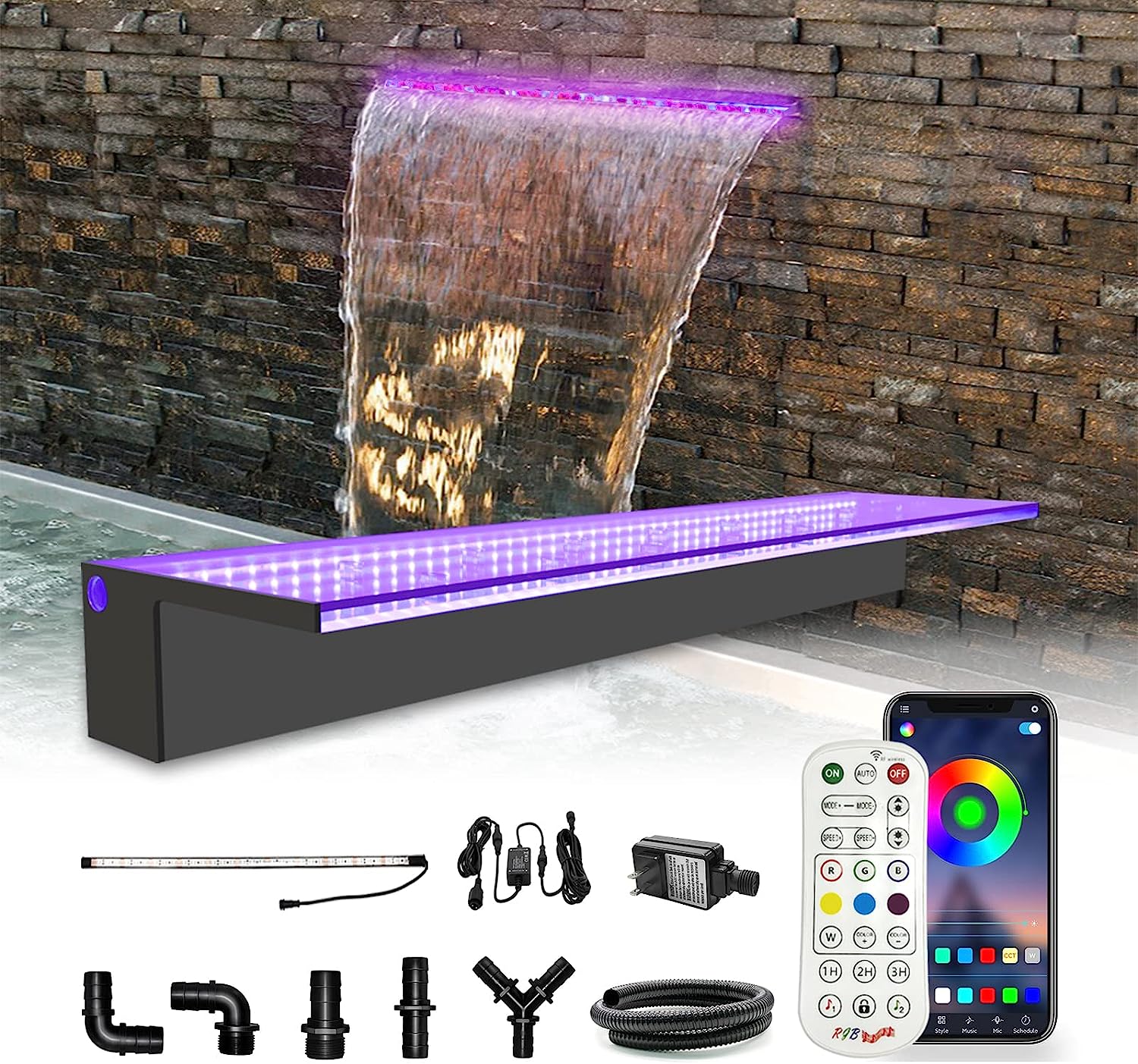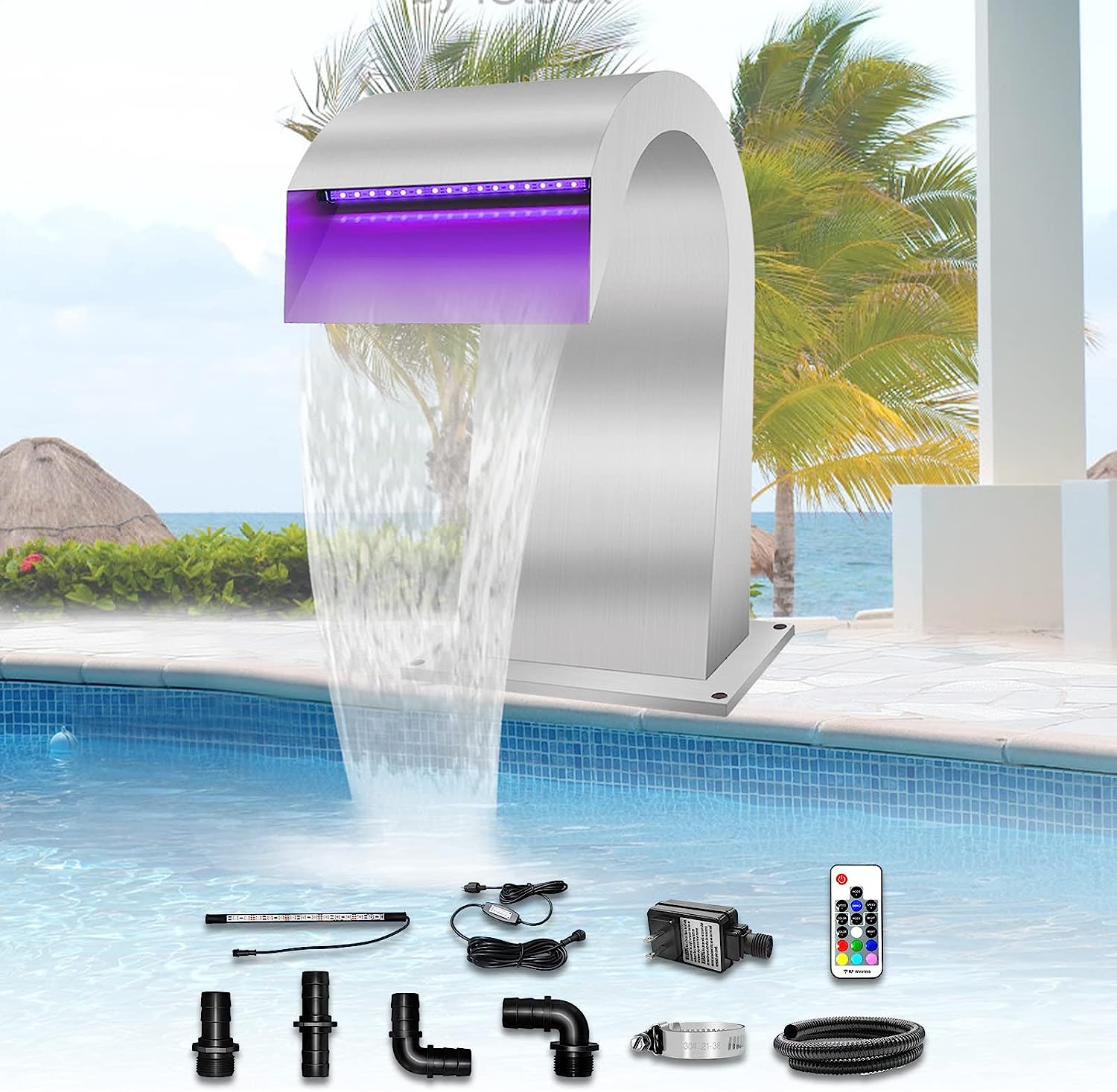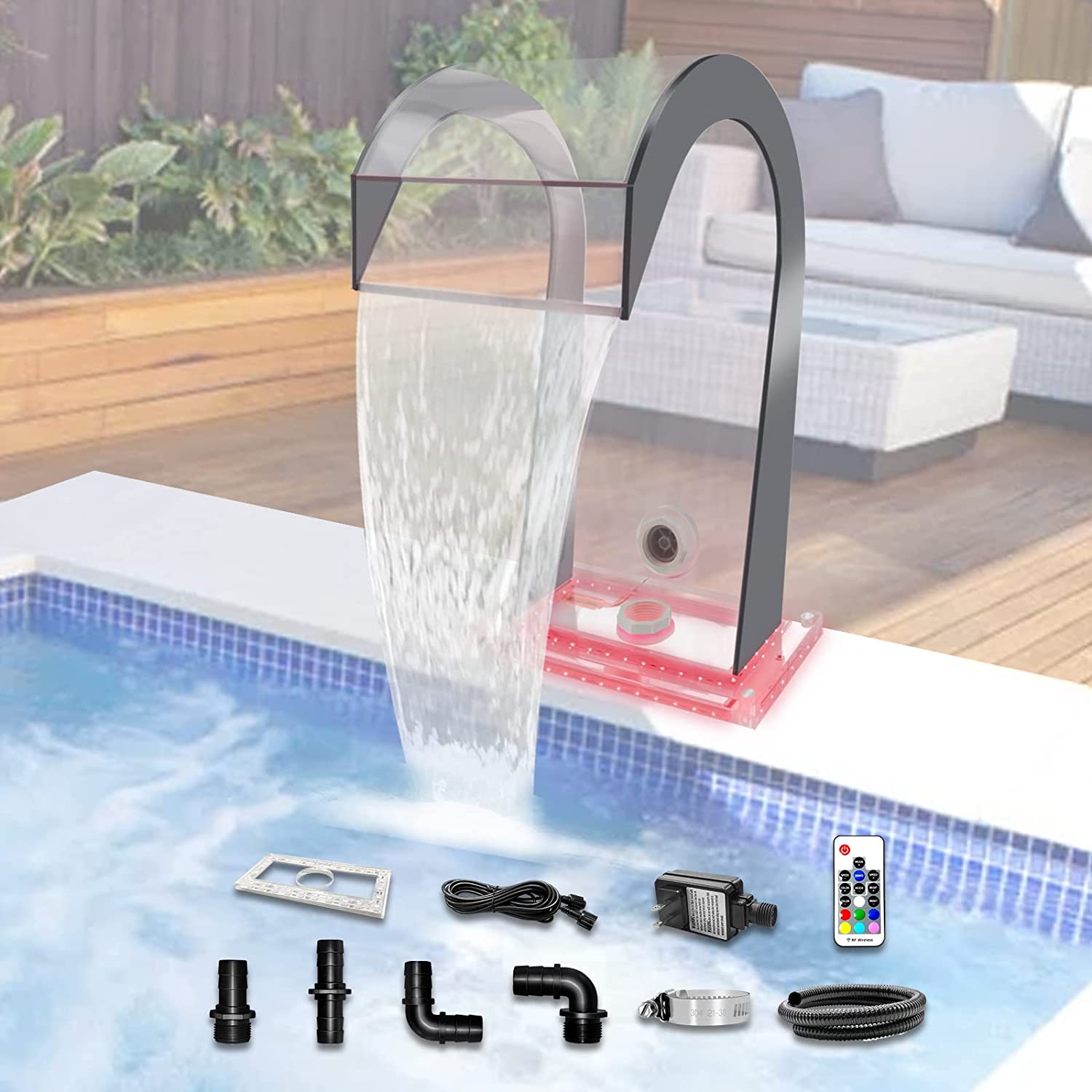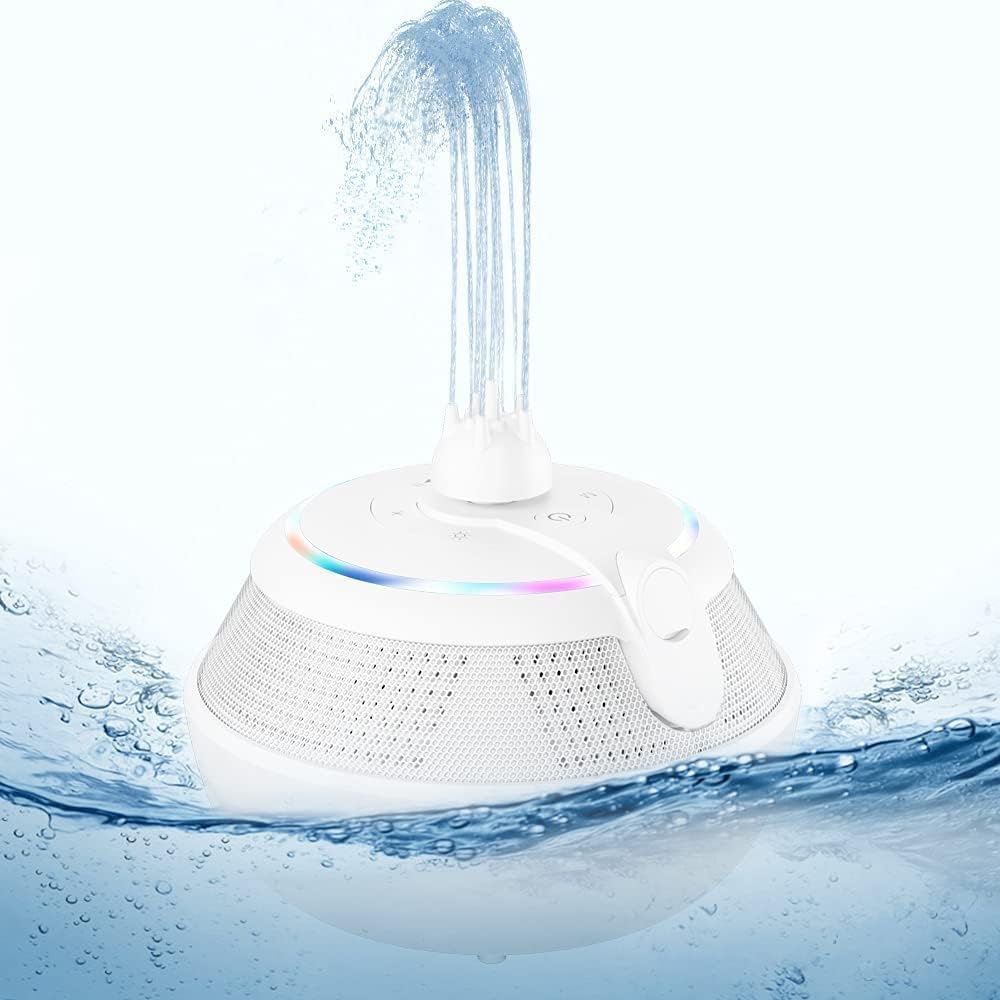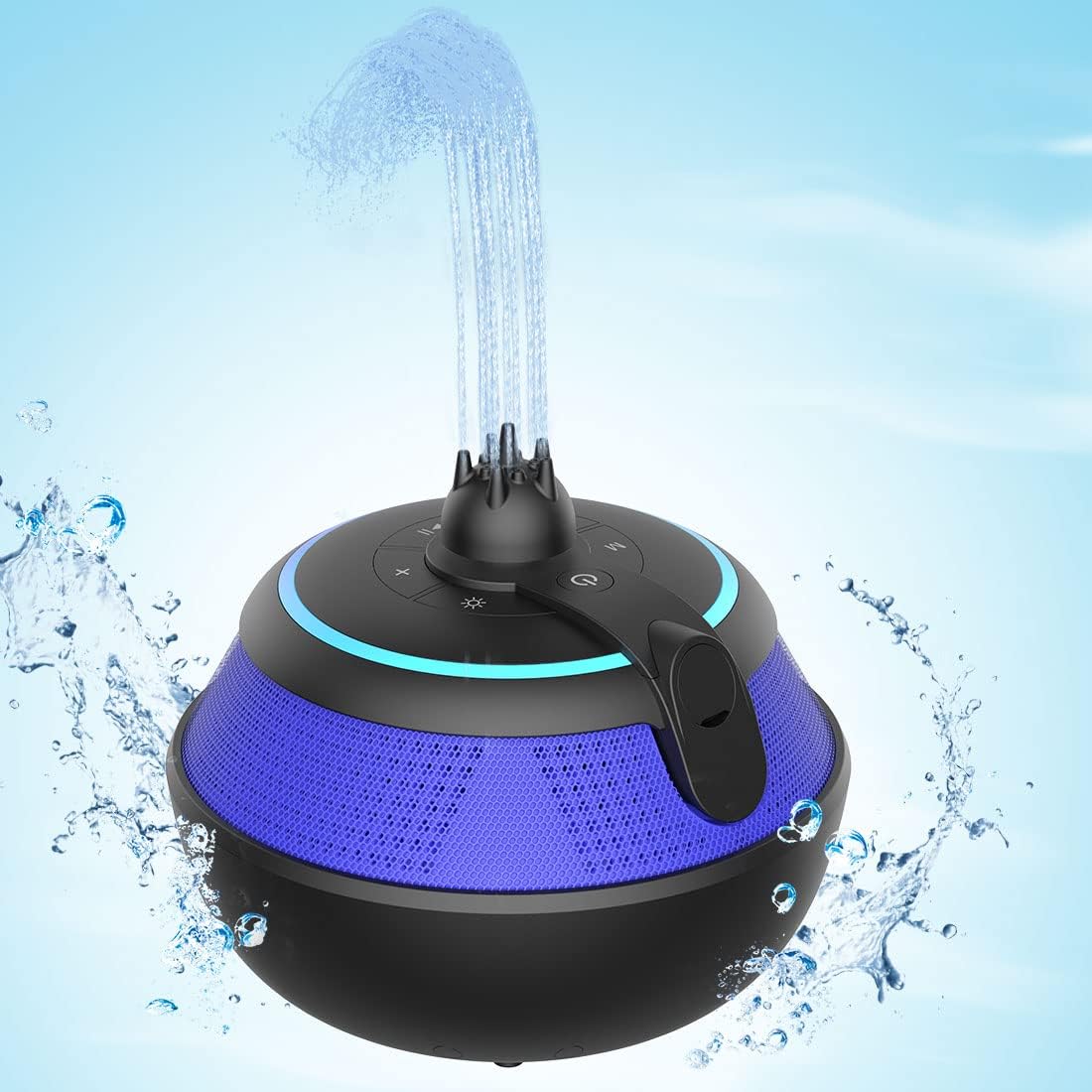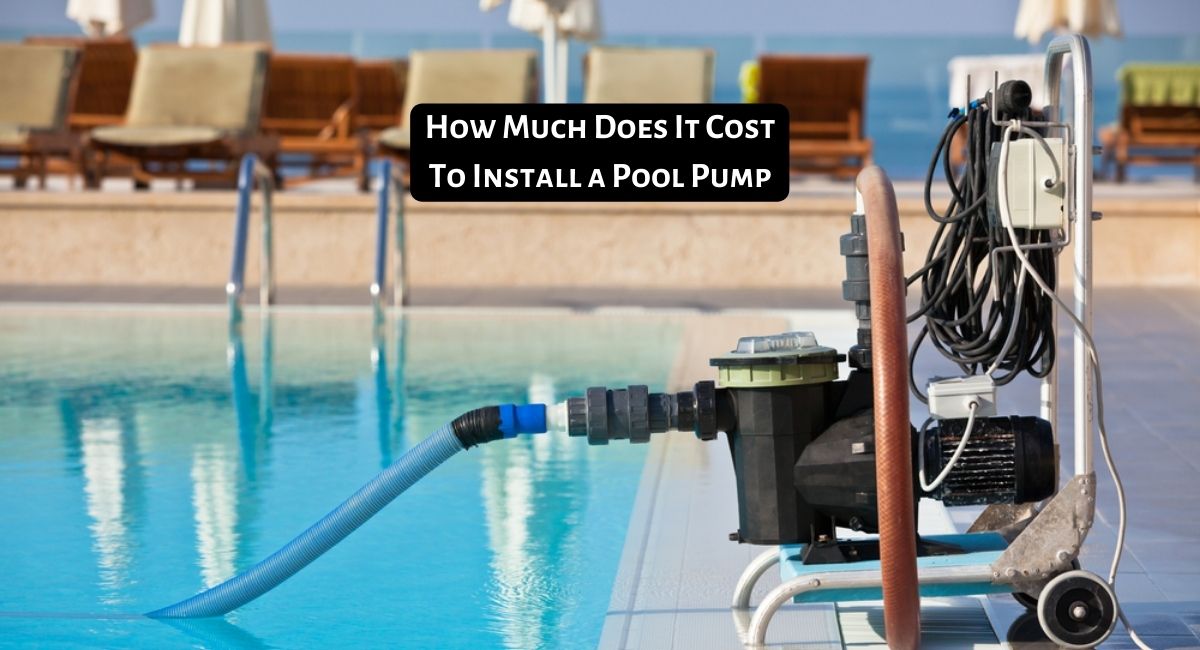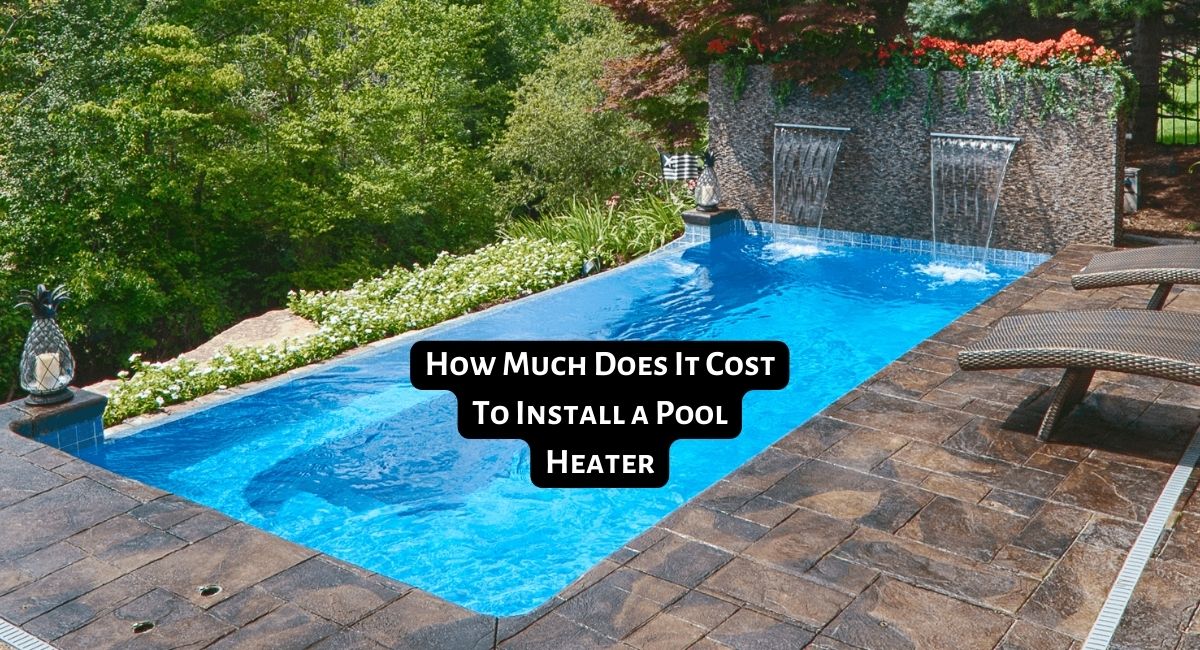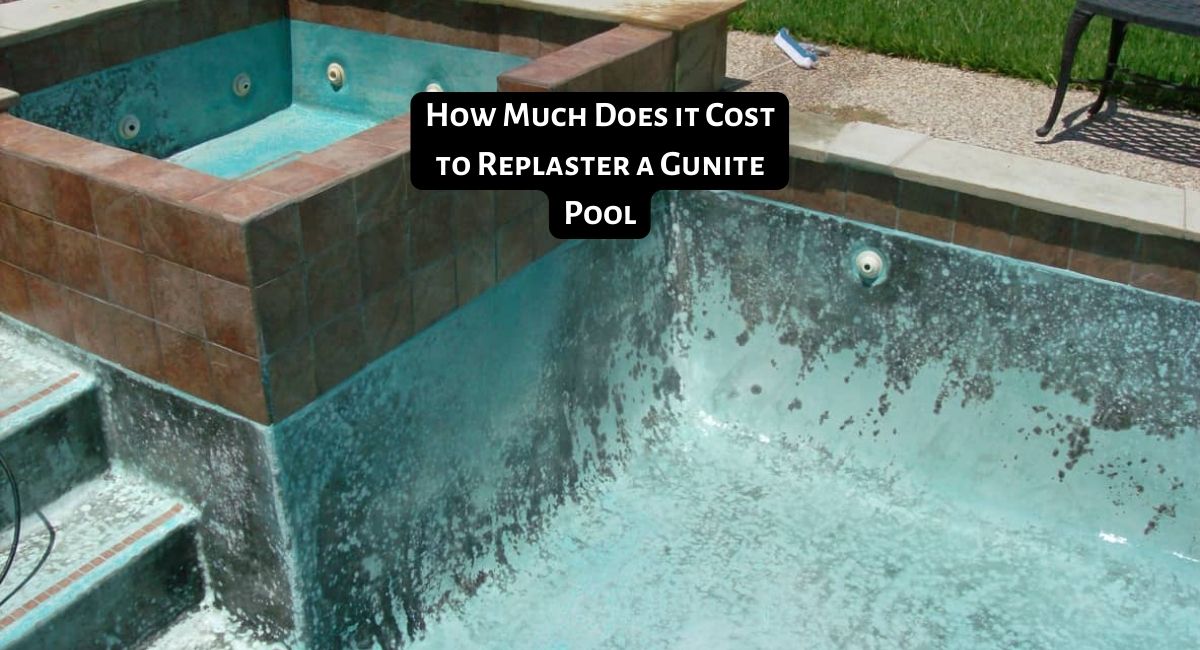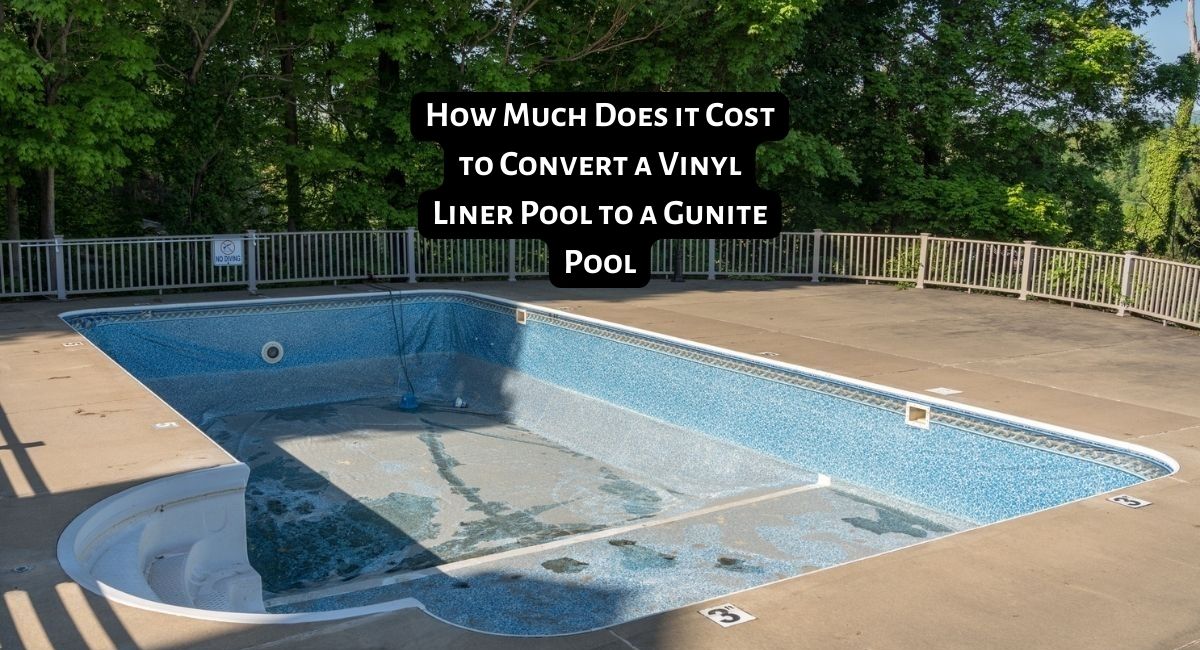As an expert in gunite pools, I get a lot of questions about lazy rivers, one of the most popular features of custom-built gunite pools. One question that comes up frequently is “How Much Does A Lazy River Cost?” So I figured it was time to break down all the factors that go into building a lazy river and provide an estimate of what you can expect to pay for different types and sizes of lazy rivers.
In this article, we’ll cover all the components involved in creating a custom-made lazy river as well as how much each component costs. We’ll also discuss how to make sure your project stays within budget and offer some tips on maintenance and upkeep. Finally, we’ll provide some examples of different types and sizes of lazy rivers and an estimate for their cost.
By the end of this article, you should have a better understanding of what goes into creating a custom-made lazy river and how much it might cost to build one in your own backyard. So let’s dive right in!
TL;DR
The cost of constructing a lazy river is highly dependent on the size and design complexity. The overall cost can range anywhere from $25,000-$100,000 or more! Factors such as pool gunite type (concrete vs fiberglass), landscaping costs, and additional features all contribute to the total construction cost of your lazy river.
How Much Does A Lazy River Cost?
When it comes to creating a backyard oasis, one of the most luxurious options available is an in-ground lazy river. With its winding course and refreshing water features, a lazy river adds a touch of relaxation and fun to any property. But before taking the plunge on this investment, you may be wondering “How much does a lazy river cost?”
The answer isn’t straightforward – the costs associated with installing a lazy river vary depending on factors like size, length, style and finishing touches. As an expert in gunite pool applications, I’ll walk you through these variables so you can make an informed decision as to whether or not investing in a lazy river is right for your home.
Building a Lazy River – Requirements
A lazy river is a water feature that relies on circulating pumps to create movement in the water. It’s usually made of durable vinyl and can be built as either curved or straight channels with gentle turns. Depending on your needs, design preferences, and budget, building a lazy river can cost anywhere between $20,000 – $175,000.
For starters, here are some requirements you need to consider before you begin building your lazy river:
- Location: You need to have enough space for a lazy river which typically requires 45’ x 25’ (minimum) area per 100 linear feet of pool.
- Pool Depth: The standard depth for a lazy river ranges from 3ft to 5ft.
- Pumping System: A high-performance pump is needed to recirculate the water and ensure it is properly filtered and treated.
- Filtration Systems: The filtration system needs to be of a certain size, depending on your pool’s volume.
In addition to the requirements listed above, there are other costs associated with building a lazy river that need to be taken into consideration such as construction materials, labor costs, permit fees, equipment rentals, etc. All these factors can add up quickly so it’s important to have an accurate budget in mind before beginning the project.
Building a Lazy River – Cost Breakdown
When considering how much a lazy river costs, there are several factors to consider. First, you must determine the size of your project. For residential pools, lazy rivers tend to be smaller and more cost-effective than commercial projects. The size will influence the number of pumps needed for circulation, along with the length of pipe required for construction.
Second is the material used for the pool’s lining. Vinyl or fiberglass are both popular options due to their durability and low maintenance requirements. Additionally, these materials can typically handle any waves and other water features that may accompany your lazy river design. Depending on which option you choose, prices range from about $3 to $15 per square foot installed.
Next is the cost of pumps. Your lazy river will require at least one pump to circulate the water and may need additional pumps for any water features you plan to include in your design. The price of a pump ranges from around $150 to $400 depending on size and power requirements.
Finally, you must also consider the cost of labor for installation. This can vary significantly depending on a number of factors, including location, complexity of your project, materials used, and other circumstances. For residential pools, expect prices ranging from approximately $30 to $50 per hour for installation services.
When all is said and done, typical costs range anywhere from about $15,000 to upwards of six figures for larger projects with more intricate designs or extra features.
Features and Accessories You Can Add and Their Costs
When you add a lazy river to your backyard, it doesn’t have to be just a standard river. You can customize the features and accessories in order to make it more interesting and enjoyable. All of these added extras come with an additional cost so it’s important to factor them into your budget when planning for your lazy river project.
One of the most popular additions is lighting which can provide both aesthetic and safety benefits. Lights in the pool can create an ambient atmosphere at night while lights along the edges of the pool or around landscaping elements will ensure that guests are safe during evening hours. Depending on your preference, LED or incandescent lights could cost anywhere from $1,000-$2,500 on average for a full lighting package.
Recommended LED Lights
Another popular feature is a waterfall which can help to create a more realistic effect and bring an extra touch of luxury to your backyard oasis. Waterfalls range in size and complexity so it’s important to consult with your contractor before making any decisions. Smaller waterfall installations could cost you between $3,000-$5,000 while larger waterfalls might set you back up to $15,000 or more depending on the scope of the project.
Recommended Waterfall
If you are looking for ways to make your lazy river even more enjoyable, there are a few other options available as well such as adding fountains or underwater speakers for music. Fountains come in all different shapes and sizes and they can be installed either around the river itself or in other areas of the pool. Depending on the type and size of the fountain you choose, installation costs can range from $1,000-$5,000.
Underwater speakers provide an easy way to enjoy your favorite tunes while you relax in the lazy river. The cost for a set of underwater speakers is generally around $500.
Recommended underwater Speakers
No matter what features and accessories you decide to add to your lazy river project, it’s important to remember that these additional elements will significantly increase the total cost of your installation.
Tips to Save Money While Building a Lazy River
- Do-It-Yourself: Although this is much more involved, DIY projects come with a lot of cost savings. There are many tutorials and guides available online that can help guide the construction process from start to finish.
- Shop Around for Materials: Visit local home improvement stores as well as online websites like Amazon or eBay to compare prices and find the best materials for the job. It may also help to talk to contractors who specialize in pool construction as they likely have access to deals on supplies not available elsewhere.
- Consider Recycled Materials: Reusing existing items such as stones, old bricks, concrete blocks, etc., can provide a significant reduction in costs when building a lazy river while still maintaining a beautiful design.
- Shop for Deals: Check local newspapers and online websites like Craigslist for deals on items such as pumps, filters, and other supplies needed to build a lazy river.
- Hire Professionals: If the project is too big or complicated to do it yourself, consider hiring professionals who specialize in pool construction to ensure that the job is done correctly and efficiently and with minimal cost.
- Make the Most of Existing Landscape: Utilizing existing landscape features can save money while designing the perfect lazy river. Taking advantage of natural terrain or making use of gardens already present can help reduce costs associated with grading earthworks or landscaping projects.
- Invest in Maintenance: In order to get the most out of your lazy river for years to come, make sure to budget for regular maintenance and upkeep. This could include items such as chemicals or filters that need to be replaced periodically, as well as labor costs associated with a professional cleaning service.
How to Know if Your Backyard is Compatible With a Lazy River?
Knowing whether your backyard is compatible with a lazy river will help you determine how much does a lazy river cost and what kind of materials are necessary for the project. With some careful planning and research, it’s possible to build an amazing pool without breaking the bank. Still have questions on How Much Does A Lazy River Cost? Don’t hesitate to contact local experts who specialize in pool construction for more information!
- Reality: Before beginning the lazy river project, there are several factors that must be considered. These include your land size and shape, soil type, local regulations and costs of materials and labor. It’s important to determine whether or not your backyard is suitable for a lazy river before committing to the project.
- Topography: The topography of your yard is an important factor when creating a lazy river pool as it will affect the overall design. If you have a steeply sloping back yard, then you may need to raise up one side of the pool slightly to accommodate the contour of the hillside. Additionally, you should make sure that there is enough space for all of the necessary components such as pumps and filters.
- Soil Type: Another factor is the soil type. If your yard has clay-based soil, then you may need to excavate and add a layer of crushed stone or gravel for drainage before building the pool. Additionally, it’s important to consider water table levels as they can affect the cost of labor and materials.
- Local Regulations: Before beginning construction, make sure you check with local authorities to ensure that all regulations regarding pools and lazy rivers are being met. Some areas may require permits or additional safety features such as fencing which could increase costs.
Conclusion
In conclusion, the cost of a lazy river can vary greatly depending on its size, features, and other factors. On average, you can expect to pay between $100K and $500K for a basic system that covers up to 1 acre of land. However, if you want more features or larger coverage area, then costs will increase significantly.
If budget is a major factor in your decision-making process when it comes to installing a lazy river pool system, then I highly recommend going with gunite pools as they are relatively inexpensive given all the benefits they provide – such as durability and energy efficiency. Additionally, gunite pools are easy to maintain so there won’t be any extra costs associated with upkeep or repairs. By opting for a gunite pool, you can enjoy the many benefits of having a lazy river without breaking the bank!
Frequently Asked Questions (FAQs)
1. What is the average depth of a lazy river?
Typically, the average depth of a lazy river ranges from one to three feet. The exact depth depends on the type and size of the lazy river, as well as its intended purpose. Some shallow rivers may be only a few inches deep, while deeper rivers can reach up to five feet or more. It is important to check local regulations when designing a lazy river, since certain depths may require additional safety measures or insurance coverage. Ultimately, careful planning and research are essential when determining an appropriate depth for your own personal or commercial lazy river project.
2. What are the benefits of a lazy river?
The benefits of a lazy river are numerous. A lazy river can provide relaxation, exercise, and entertainment all in one. It is an effective way to cool off during the hot summer months and can be used for both short and long periods of time. In addition to providing a peaceful retreat, a lazy river also has numerous physical health benefits, such as increased cardio endurance and improved muscle strength. Lastly, it’s an excellent place to bond with friends or family members while enjoying the water at your own pace. Overall, a lazy river is great for anyone looking to relax or get some exercise without having to leave the comfort of their own backyard!
3. What is the speed of lazy river?
The speed of a lazy river typically ranges from about 0.5 to 3 miles per hour, depending on the size and length of the river. Most leisurely rivers have an average flow rate of 1 mph or less, while larger rivers may reach up to 3 mph. The most suitable speed for a lazy river depends on its purpose and overall design. For instance, if it’s meant for relaxation, a slower speed will be more appropriate than if it was intended for fun or competition.
